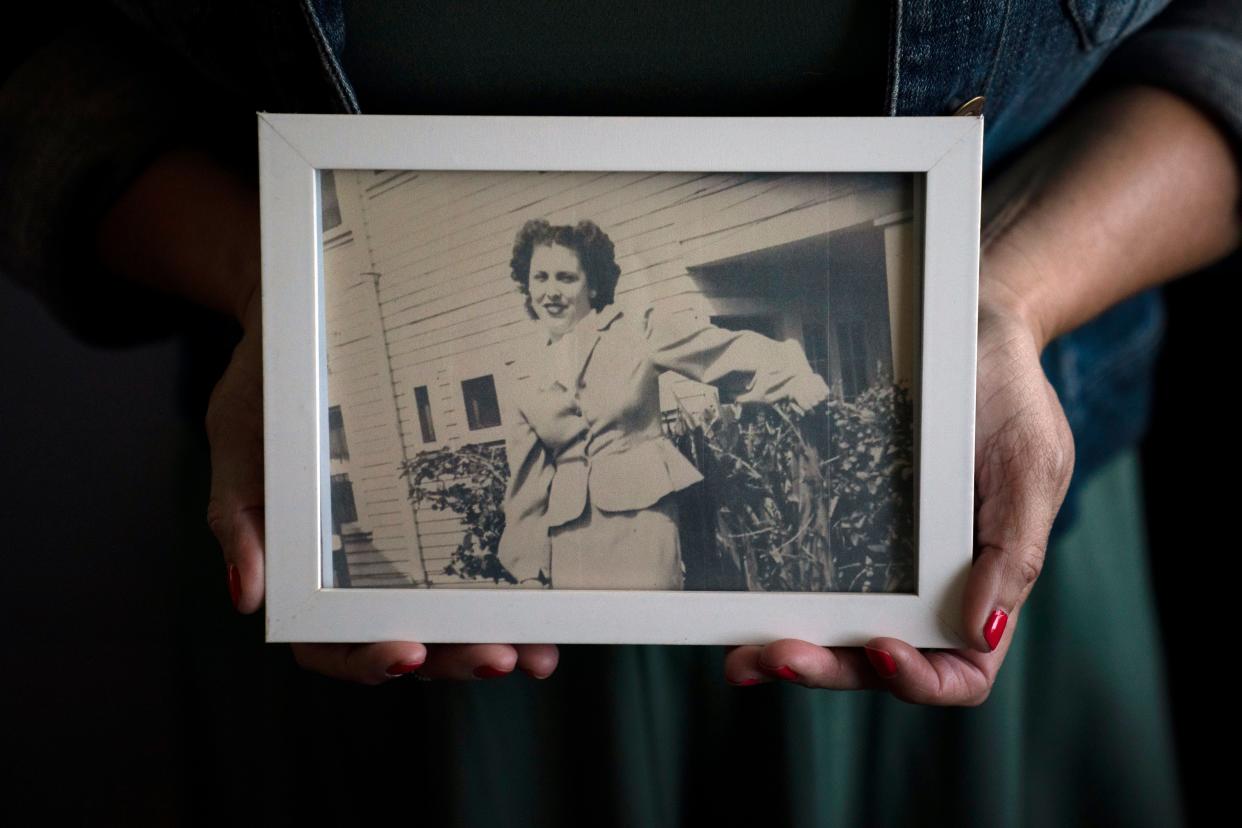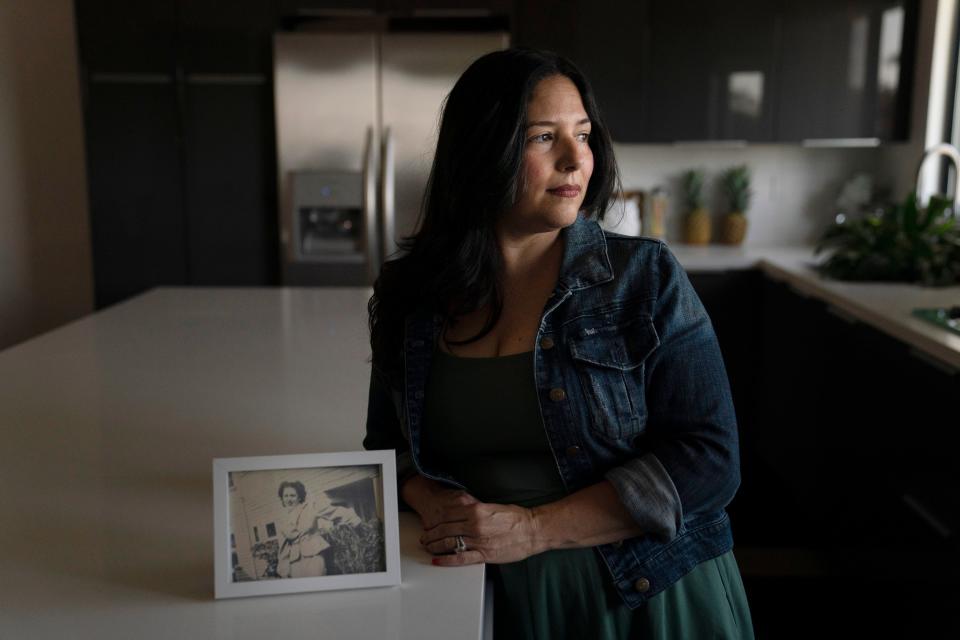California establishes program to pay survivors of forced and coerced sterilizations

- Oops!Something went wrong.Please try again later.
Californians who were sterilized involuntarily or by force by the state can now apply for reparations through a new program created this year.
The Forced or Involuntary Sterilization Compensation Program aims to give $4.5 million to survivors of the practice, which continued into this century even after laws allowing sterilization without consent were repealed more than 40 years ago.
“California is committed to confronting this dark chapter in the state’s past and addressing the impacts of this shameful history still being felt by Californians today,” Gov. Gavin Newsom said in a statement. “While we can never fully make amends for what they’ve endured, the state will do all it can to ensure survivors of wrongful sterilization receive compensation.”
More than 20,000 residents living in state-run hospitals, homes or institutions were sterilized against their will from 1909 through 1979 under California’s eugenics laws.
Eugenics is the discredited theory that human beings can be perfected by selective breeding and eliminating so-called negative traits, such as intellectual deficiency. The policies inspired by the movement often targeted minorities and marginalized persons.
The laws allowed medical superintendents at state facilities to perform “asexualization” on patients whom they identified as having a mental disease, “feeblemindedness,” or “those suffering from perversion or marked departures from normal mentality or from disease of a ‘syphilitic’ nature,” according to AB 1007, the bill establishing the compensation program.
The bill’s authors said there was “little to no oversight of California’s sterilization program” and women and minorities bore the brunt of procedures.
Between 1919 and 1952, Latina patients were 59% more likely to be sterilized than non-Latina patients and Latinos were 23% more likely to be sterilized than non-Latinos.
Stacy Cordova said her late aunt, Mary Franco, was only 13 when she was sterilized in 1934 for reportedly being “feeble-minded,” the Associated Press reported. The procedure had lasting repercussions on Franco’s life, because she had wanted children.
“I don’t know if it is justice. Money doesn’t pay for what happened to them. But it’s great to know that this is being recognized,” Cordova told the AP. “For me, this is not about the money. This is about the memory.”
The state compensation program only pays living victims of forced sterilizations; relatives or survivors such as Cordova are not eligible.

Doctors continued to perform coerced or involuntary sterilization even when eugenics was being debunked and the laws were repealed in 1979.
At least 240 women giving birth at the Los Angeles County University of Southern California Medical Center between 1965 and 1975 received tubal ligations after birth without their consent and were performed “overwhelmingly” on mothers of Mexican background, AB 1007 reads.
More recently, a state audit found 144 women in state prisons were sterilized while giving birth between 2006 and 2010 without proper authorization.
The compensation program will provide payments to those who were sterilized in prisons after 1979, as well as those sterilized before then.
The state estimates there are at least 600 survivors of forced sterilization who are still alive and would be eligible for reparations. Patton State Hospital in San Bernardino is listed in state code as one of the facilities where forced sterilizations occurred.
Applications can be found on the state's website at victims.ca.gov/fiscp.
Daily Press reporter Martin Estacio may be reached at 760-955-5358 or MEstacio@VVDailyPress.com. Follow him on Twitter @DP_mestacio.
This article originally appeared on Victorville Daily Press: California program to pay survivors of forced, coerced sterilizations

